The foot which acts as a reservoir is cylindrical in white opaline called "ball".
The gilt bronze collar supports an original white opaline globe set with a brass border on the top and bottom.
Each opaline is highlighted by floral motifs and gilded acanthus leaves.
The tubes are made of glass.
Period: Early 19th century - Louis Philippe - Charles X
Dimensions : Total height with glass : 32cm - Globe diameter : 12cm
Diameter of the base : 11cm
Do you know where the name "Quinquet" comes from?
The invention of the oil lamp goes back to the dawn of time, but it made significant progress from 1780 onwards.
The chemist Proust invented the side-tank oil lamp (1780).
This was a major advance, since the oil was higher than the spout and was pushed in by its own weight.
Then Argand invented the cylindrical wick, and the sheet metal chimney, then the glass chimney (1782).
And it was a pharmacist, Antoine Quinquet, who took up these inventions to create a well-developed lamp mounted on a rod (1784), which remained in common use until the arrival of the paraffin lamp (1853).
It was so widely used that the name of its inventor became a common name: a quinquet!









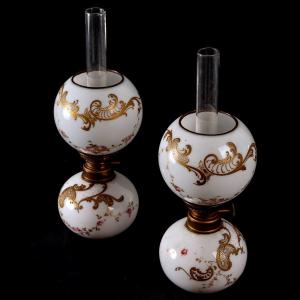







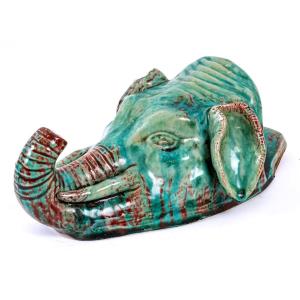



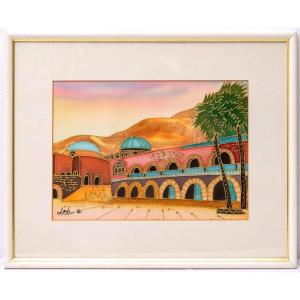
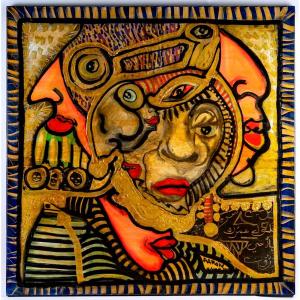

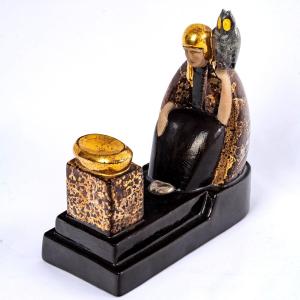

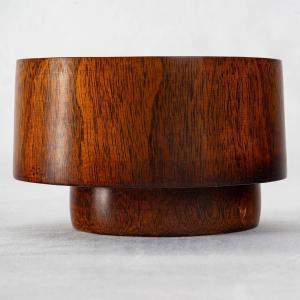


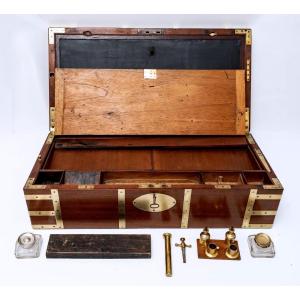
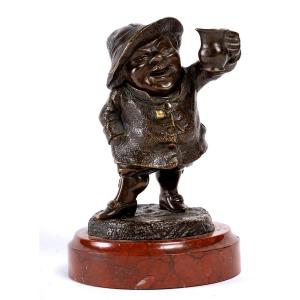
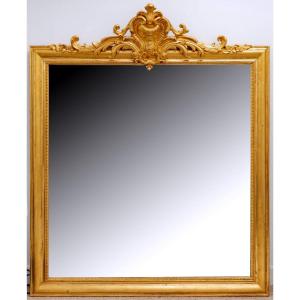



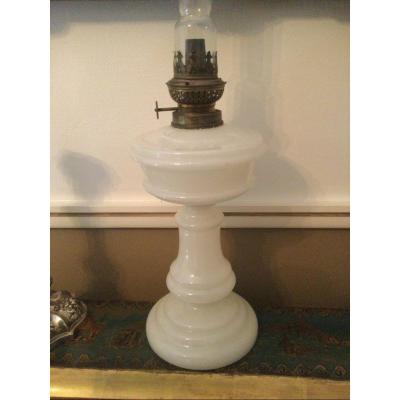




 Le Magazine de PROANTIC
Le Magazine de PROANTIC TRÉSORS Magazine
TRÉSORS Magazine Rivista Artiquariato
Rivista Artiquariato